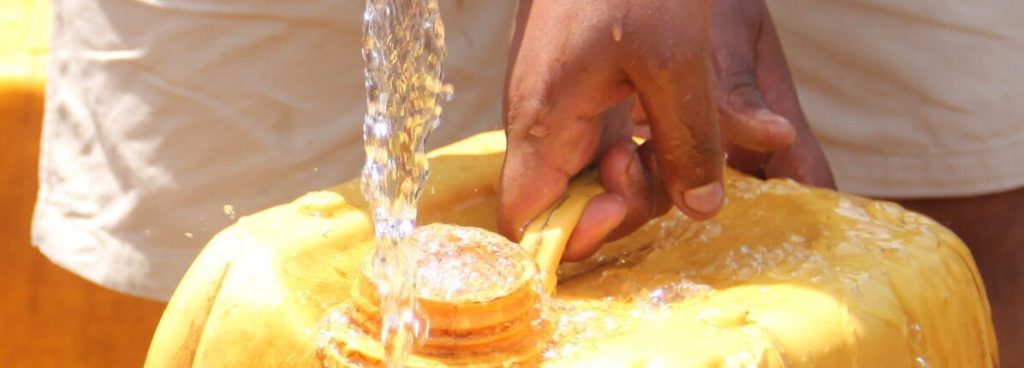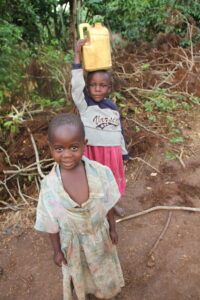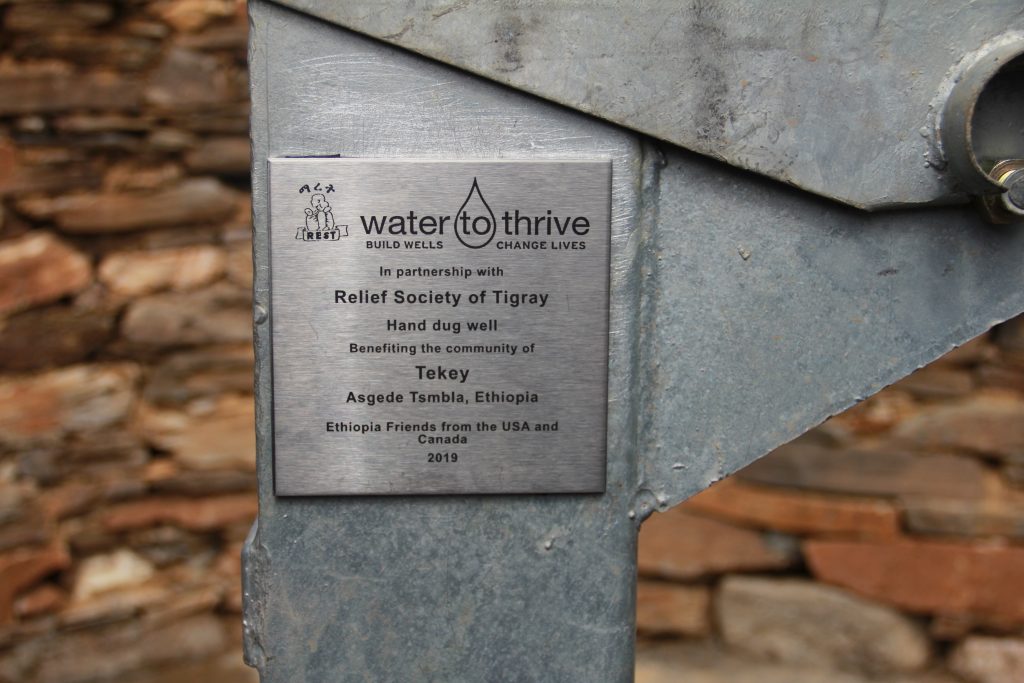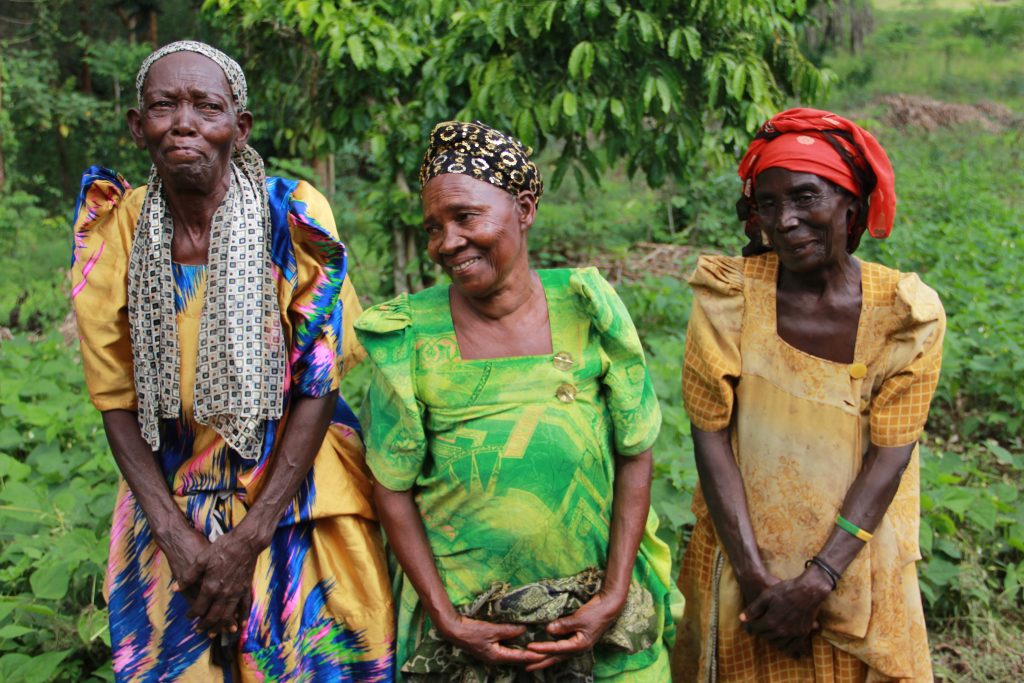
Nandini, our Spring 2021 Intern, wrote this blog after Texas was hit with a severe winter storm, which left many people across the state without power, heat and water for days.
As Austinites faced local water outages, boil notices and other perilous conditions recently, an unprecedented crisis shook Texas. While this water insecurity was a temporary plight in Austin, numerous parts of sub-Saharan Africa face this issue on a daily basis, permanently.
“Already, one in every three people across Africa face water scarcity. Nearly 400 million people in sub-Saharan Africa are denied even a basic drinking water supply.” – World Resources Institute
Many have come to actively recognize the importance of water in our everyday lives during difficult times such as now with the COVID-19 pandemic still happening, and Texas’s recent snowstorm. We are reminded that water is critical for hygiene, health, and survival.
The Water Crisis in Africa
On a global scale, the water crisis affects billions of people as basic needs such as safely managed drinking water services, sanitation services and hand-washing facilities are not met. Sub-saharan Africa is particularly impacted by the water crisis as only 16% of people have access to drinking water through a household connection (an indoor tap or a tap in the yard). Our life in Austin during the winter storm involved hauling packages of water around the city, relying on mutual aid groups, universities, or our local restaurants that were donating water in order to meet our water needs. The discomfort of that time is a daily reality for people living in many countries in sub-Saharan Africa where 319 million people in the region are without access to improved reliable drinking water sources. Beyond realizing the weight of these numbers, we also have to recognize the hours of time and the dangers people face to simply acquire water. Even in towns with readily accessible drinking water, there are risks of contamination and difficulties in maintaining water facilities due to limited financial resources. These costs are a burden on everyone, however, children and women bear the highest of risks and disadvantages when it comes to a lack of clean water.
A Woman’s Walk
Women and children can walk up to six hours each day to fetch water. Imagine trudging through the searing sun to a source of water that may support your family just enough to get you through the day but might even be deadly. Within sub-saharan Africa, more than a quarter of the population spends more than half an hour collecting water. This burden of collecting water falls heavily on women and girls. It hinders a young girl’s ability to focus on her education and it hinders a woman’s ability to take care of her children, contribute to working on the farm or pursue new income-generating activities as time slips away. Additionally, a lack of safe sanitation and water means that women suffering period poverty cannot afford to clean themselves properly during menstrual periods or have access to safe, seperate bathrooms. In addition to these challenges, women are responsible for 72% of the water collected in sub-saharan Africa. When a village or community gains access to clean, proximate water, it gives girls and women their life back. Many possibilities and opportunities arise from the time regained; they can start businesses, improve their homes and essentially take charge of their future. Access to clean water goes much further than we can imagine for girls and women in sub-Saharan Africa.
A Child and their Future
Another population especially affected by the global water crisis is children. They are more susceptible to dehydration than adults, and therefore they are more likely to become severely ill or die from waterborne diseases. every 90 seconds a child dies of complications from a waterborne disease.

“Seventy-three per cent of the diarrheal and enteric disease burden is associated with poor access to adequate water, sanitation and hygiene (WASH), and is disproportionately borne by poorer children.” – UNICEF Nigeria
Frequent occurrences of ill-health due to a lack of WASH access (Water Supply, Sanitation, and Hygiene) also leads to malnutrition and absenteeism in school; both factors that hinder a child’s growth. Aside from safety, educational time is stripped away as fetching water can be time-consuming. Children should not need to sacrifice their education for water, a basic human right. When water is not easily accessible, it poses tough decisions for the family, especially children and women. Sacrificing time, health, safety and an education to self-provide water (which is likely unsafe) should not be the norm.
Water to Thrive
Water to Thrive recognized the staggering cost of the global water crisis on women and children in sub-Saharan Africa and decided it was necessary to act. Since 2008, Water to Thrive has raised money to fund approximately 1,200 wells throughout East Africa. These water projects have provided safe and sustainable clean water to more than half a million people. Each well brings hope for a better future for rural communities and families. Not only has WASH access benefited the health of children in communities, it has empowered them through education and participation. Namuddu, a 14-year-old living in the Mpenja Sub-County in Uganda received clean water and WASH training in 2019 when Water to Thrive and their local partner, PaCT, built a well in her community. She learned about personal hygiene and health and she now leads the campaign for improved sanitation and hygiene among her peers as her school’s health club President.
It is clear that a child’s future and comfort depends on basic needs such as water, and every child and family should be able to receive this necessity. The impact of Water to Thrive providing safe, clean water to vulnerable communities is ever far-reaching and life-changing.



About The Author: Water to Thrive
More posts by Water to Thrive